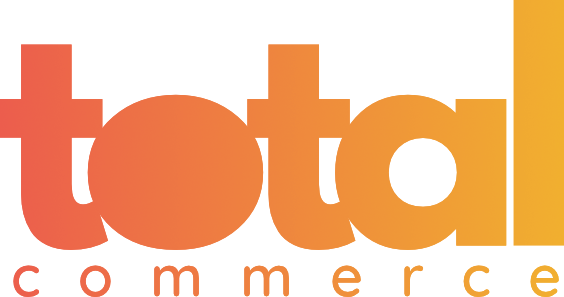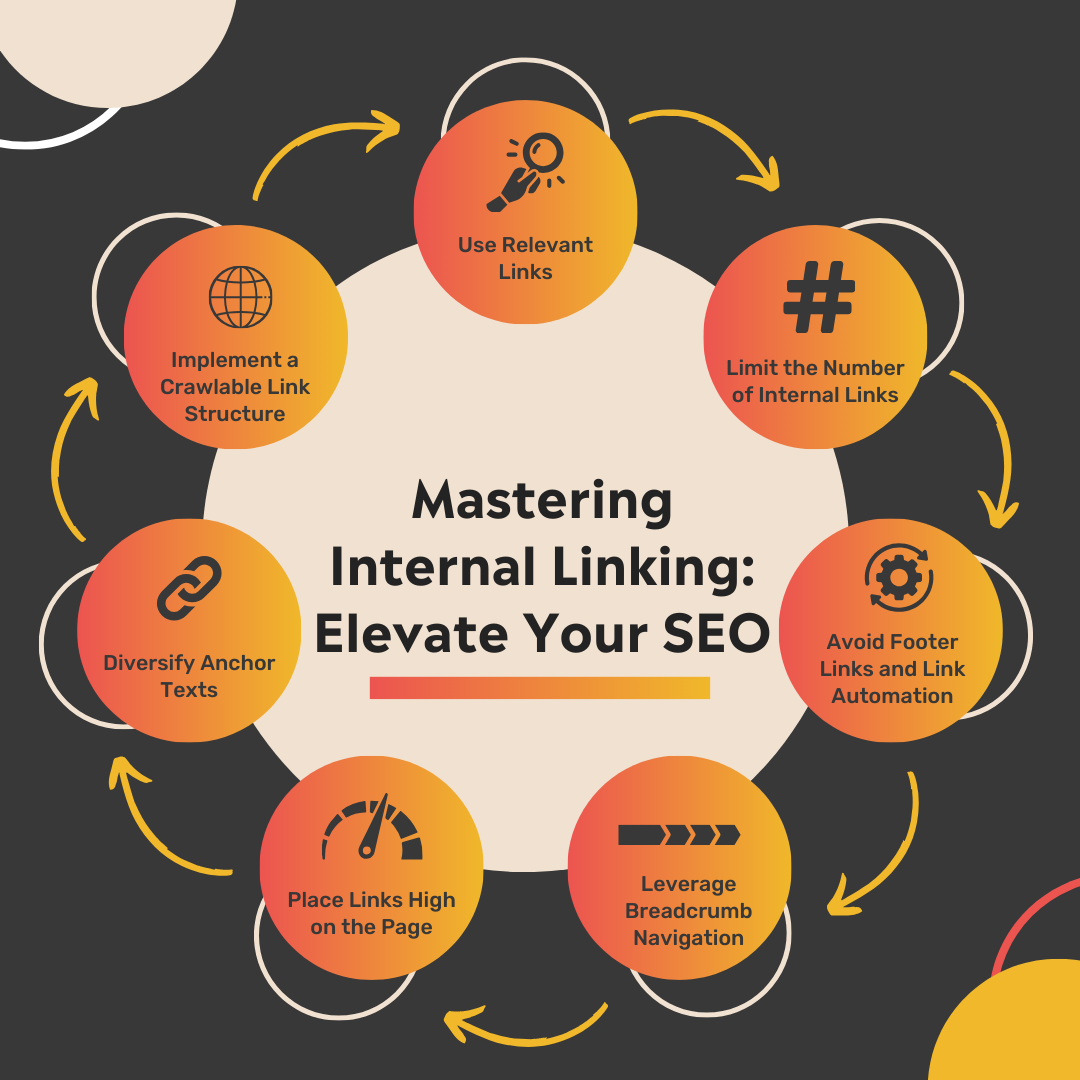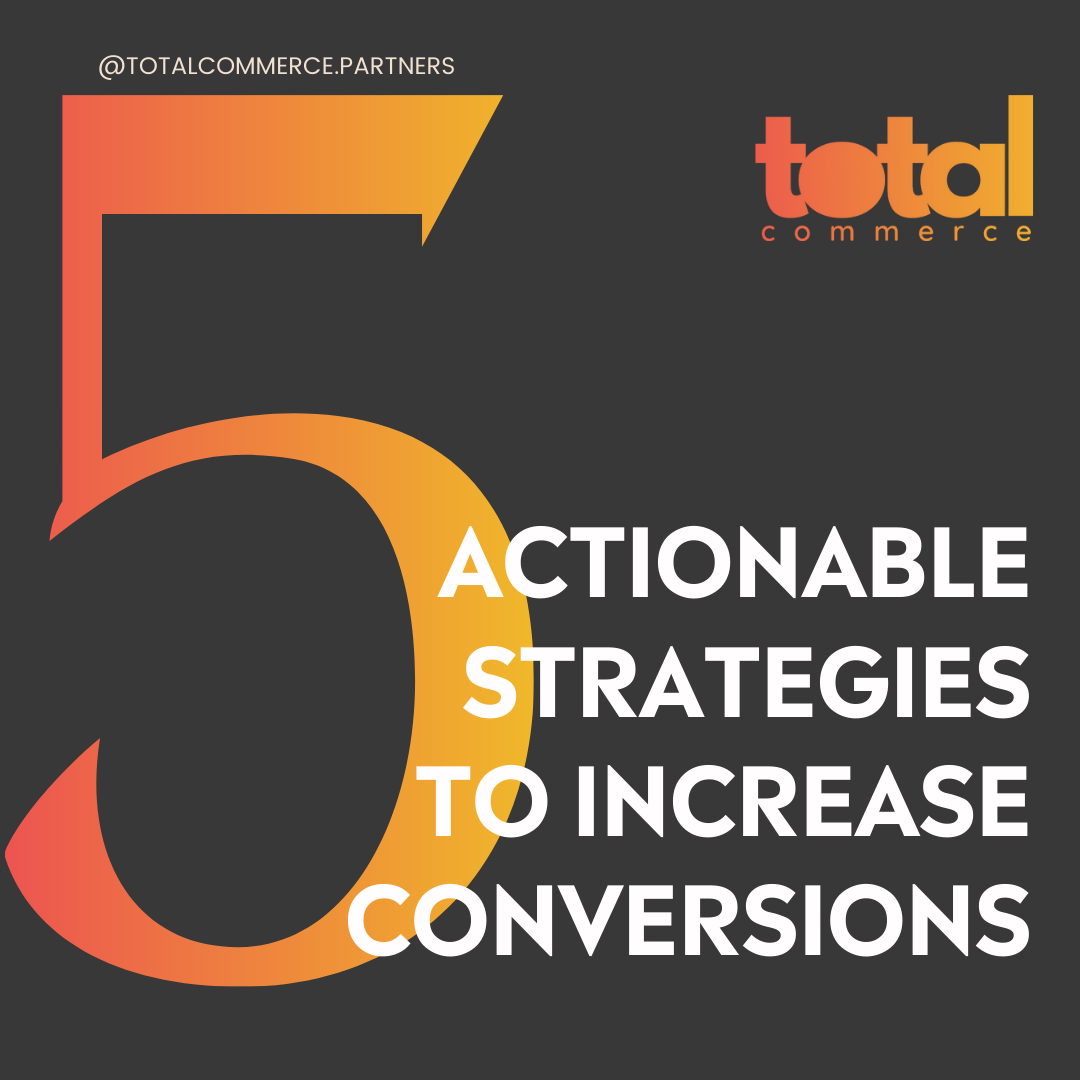Internal linking is an essential component of SEO and user experience. It helps improve website navigation, distribute page authority, and enhance content discoverability. Although good SEO practice is essential for all websites, it is particularly beneficial for eCommerce websites, where optimizing a product-heavy site can be quite challenging. Here's a quick guide to internal linking best practices for 2024, ensuring you make the most of this powerful SEO tool.
1. Diversify Anchor Texts
Using varied anchor texts for internal links is essential for maintaining a natural and user-friendly site structure. Exact match anchor texts, where the anchor text precisely matches the targeted keyword or page title, can seem forced and might even be flagged as manipulative by search engines. Instead, use a mix of keywords and phrases that naturally fit within the content and accurately describe the linked page. This approach helps distribute link equity more organically across your website and makes it easier for users to understand the link's context.
For instance, instead of repeatedly using "best SEO practices" as anchor text, you might alternate with phrases like "SEO strategies," "improving SEO," or "optimize your site." This variety improves your content's readability and helps capture a broader range of search terms related to your content.Clear, accurate, and well described anchor text labels can also help boost your ADA score.
2. Implement a Crawlable Link Structure
A well-organized, crawlable link structure is vital for users and search engines. This involves ensuring that all significant pages are accessible within a few clicks from the homepage. A pyramid structure works well, with the homepage at the top and categories, subcategories, and individual pages branching out below. This layout helps search engine bots easily navigate and index your site, ensuring that new and vital content is discoverable.
Avoid using links that are only accessible through search boxes or drop-down menus, as these might not be crawlable by search engines. Additionally, limit the number of links on each page to avoid overwhelming both users and search engines, which may dilute link value.
3. Use Relevant Links
Relevancy is key when it comes to internal linking. Links should connect related content, providing additional value to the reader. This enhances the user experience by offering supplementary information and helps search engines better understand the relationship between different parts of your site.
For example, if you're writing a blog post about SEO best practices, linking to a detailed guide on keyword research or on-page optimization makes sense. This kind of strategic linking can keep users engaged longer and guide them toward valuable content, potentially leading to higher conversion rates.
4. Limit the Number of Internal Links
You can link to blogs, informational pages, and to collections/product pages is always a good idea. However,
While internal links are beneficial, it's crucial to use them judiciously. Overloading a page with links can be counterproductive, confusing users and diluting the link equity passed to each page. A good rule of thumb is to include 2-5 internal links per 1500 words of content, depending on the length and depth of the article.
This approach ensures that each link is purposeful and adds value to the content. It also helps maintain a clean and user-friendly page design, making it easier for visitors to navigate and find the necessary information.
5. Avoid Footer Links and Link Automation
Historically, adding links in the footer was a common practice, but it is now considered outdated and can even be penalized if overused. Users often overlook footer links and can be seen as spam by search engines, especially if they are irrelevant to the page's content.
Similarly, using automated tools to create internal links can result in unnatural linking patterns, which might trigger spam filters or search engine penalties. It's better to manually place links, ensuring they are relevant and enhance the user experience.
6. Leverage Breadcrumb Navigation
Breadcrumb navigation is handy for large websites with complex structures. This feature provides a visual trail that shows users their location within the website's hierarchy, making it easier to navigate back to previous sections. Breadcrumbs are also beneficial for search engines as they help them understand the website's structure and hierarchy, improving crawlability and indexing.
For example, a breadcrumb trail might look like this: Home > Blog > SEO > Internal Linking Best Practices. This clearly indicates the user's path and provides easy navigation options.
7. Place Links High on the Page
Positioning internal links high on a page can significantly impact their visibility and click-through rate. Links placed at the top of the content are more likely to be noticed and clicked by users, leading to longer site engagement and lower bounce rates. This practice also signals to search engines that the linked content is essential, potentially influencing ranking algorithms.
Internal Linking Is Not Rocket Science
It's about creating a user-friendly and SEO-optimized website structure. Following these best practices can improve search engine rankings, enhance the user experience, and make your site more accessible and engaging for your audience.
If you need a little more help, or you’re unsure where to start, an SEO site audit may be an excellent idea. Our SEO specialists can help you and we’d love to hear from you.




